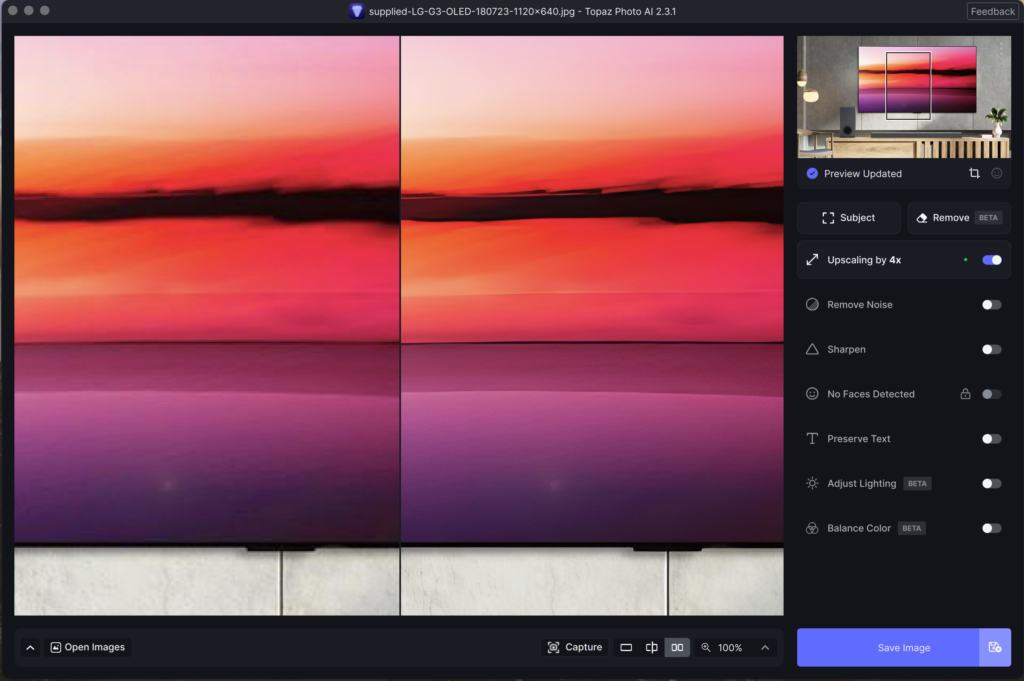Introduction
Have you ever gazed at a beautifully lit Christmas tree and wondered how this tradition began? Christmas lights have come a long way—from the flickering glow of candles to the dazzling displays of modern LEDs. Each step in their evolution tells a story of innovation, creativity, and the timeless desire to celebrate the holiday spirit.
In this blog post, we’ll take you on a journey through the history of Christmas lights, exploring their origins, major milestones, and the technology that makes modern displays possible. Whether you’re a history enthusiast or just love the holiday season, you’ll find this tale both enlightening and heartwarming.
Section 1: The Origins of Christmas Lights
Candles: The First Christmas Tree Lights
- When It Started: In the 17th century, Germans began decorating trees with candles to symbolize the light of Christ.
- How It Worked: Candles were affixed to tree branches using melted wax or small holders.
- The Risk: While beautiful, this practice was incredibly dangerous due to the high risk of fire.
Expansion of the Tradition
- By the 18th century, the custom spread across Europe and was embraced by the upper class.
- Queen Victoria and Prince Albert popularized Christmas trees in England, further cementing the candle-lighting tradition.
Section 2: The Transition to Electric Lights
Thomas Edison and the First Electric Holiday Lights
- In 1880, Thomas Edison showcased the first electric Christmas lights during a public exhibition near his laboratory.
- This marked the beginning of a safer alternative to candles.
Edward H. Johnson’s Historic Christmas Tree
- In 1882, Edward H. Johnson, a close associate of Edison, created the first electrically lit Christmas tree.
- Details: The tree featured 80 red, white, and blue bulbs, sparking the imagination of future holiday decorators.
Section 3: The Rise of Mass Production
Early 20th Century
- In 1903, General Electric (GE) introduced pre-assembled Christmas light kits, making it easier for families to adopt the technology.
- By the 1920s, community and department store displays became popular, showcasing elaborate light arrangements.
Mid-Century Innovations
- Bubble lights, tinsel, and blinking lights became all the rage in the 1950s and 1960s.
- These innovations added flair and variety to Christmas decorations.
Section 4: The LED Revolution
Introduction of LEDs
- Light-emitting diodes (LEDs) emerged in the 1990s as a game-changer for Christmas lighting.
- Advantages: Energy efficiency, durability, and vibrant colors.
Smart Christmas Lights
- The advent of smart technology in the 2010s allowed users to control lighting patterns, colors, and schedules via apps and voice assistants.
- Today’s lights offer endless customization and even synchronization with music.
Section 5: The Cultural Impact of Christmas Lights
Holiday Spirit and Community Bonding
- Christmas light displays have become symbols of joy, bringing neighborhoods and families together.
Iconic Displays
- Rockefeller Center in New York City and the Dyker Heights neighborhood in Brooklyn are famous for their extravagant Christmas light shows.
Conclusion
From the humble beginnings of candlelit Christmas trees to the dazzling modern LED displays, the history of Christmas lights reflects both technological progress and the enduring holiday spirit. These lights are more than decorations—they’re traditions that brighten the darkest nights of the year and bring people closer together.


